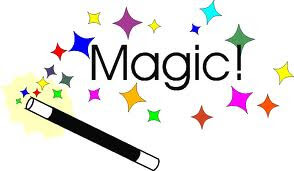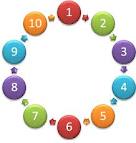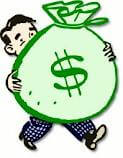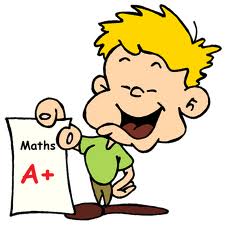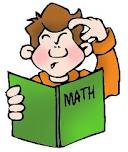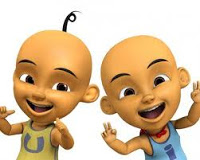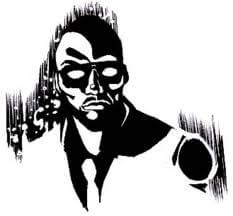#251 - Number Series
What is the next number in this series, 1, 11, 21, 1211, 111221 , 312211 ?

Next in sequence is 13112221.
This series describes each number that came before it:
1 [One]
11 [One One]
21 [Two One(s)]
1211 [One Two and One One(s)]
111221 [One One, One Two, and Two One(s)]
312211 [Three One(s), Two Two(s), and One One]
The next number in the series is:
13112221 [One Three, One One, Two Two(s), Two One(s)]

